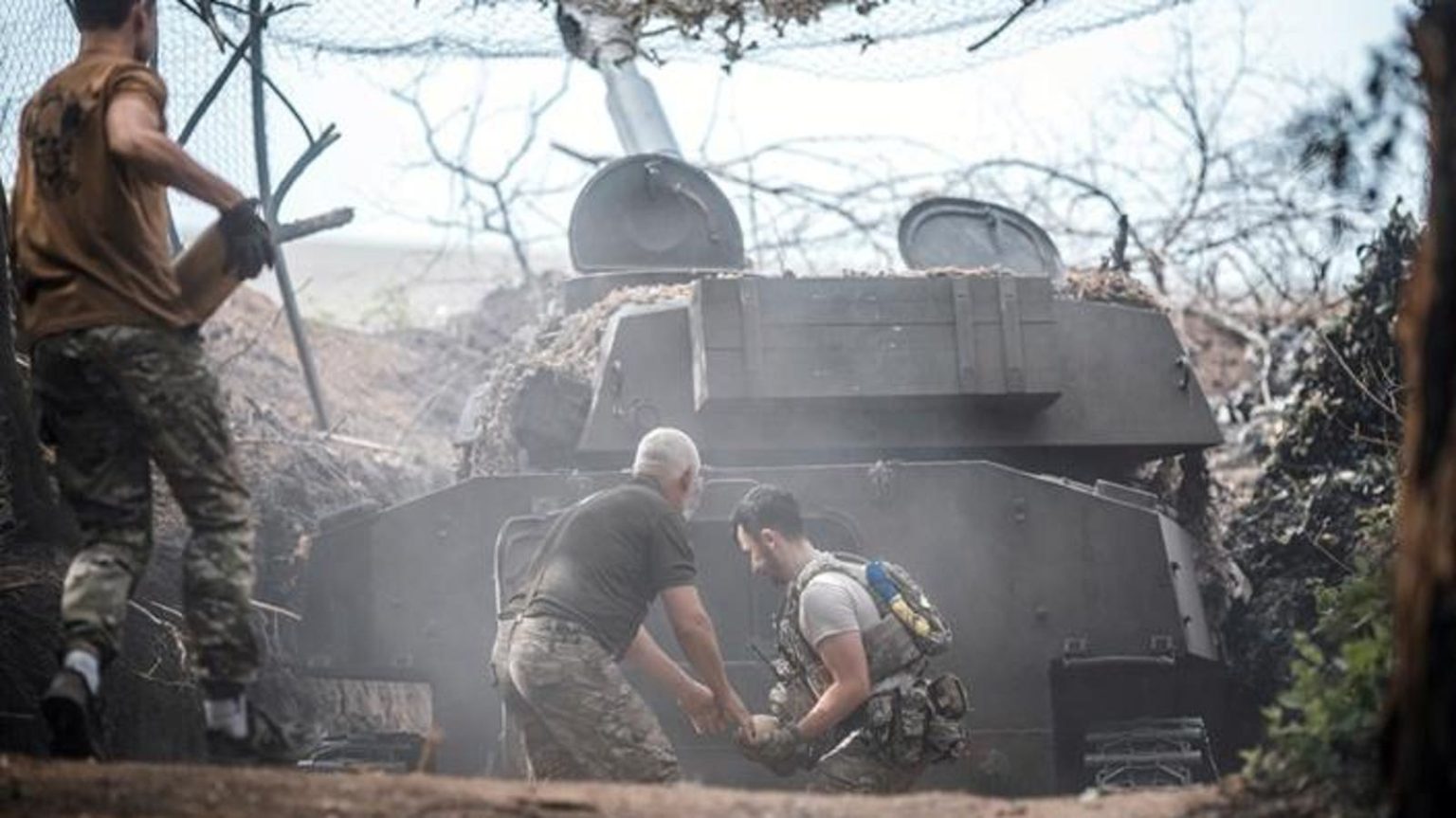For three months, a clutch of Russian army motor rifle regiments has been trying to capture the town of Selydove, eight miles southeast of the fortress city of Pokrovsk in eastern Ukraine’s Donetsk Oblast.
It’s been a brutal and bloody fight for both sides. And it’s only getting worse as the Russians battle their way toward central Selydove. On October 6, advancing Russian troops overran a position in the town held by the Ukrainian national guard’s Kara Dag Brigade—and captured four guardsmen. The Russians recorded the prisoners under interrogation.
The next day, the Kara Dag Brigade counterattacked and retook the overrun position. There, they discovered the bodies of the four captured guardsmen. “The killing of prisoners of war is a gross violation of the Geneva Conventions and is classified as a grave international crime,” the Ukrainian Office of the Prosecutor General stated.
Russian troops have executed more than 100 Ukrainian prisoners since Russia widened its war on Ukraine 32 months ago, according to Ukrainian authorities. The frequency of the atrocities has increased as Russian losses along the 700-mile front line have spiked to more than 1,000 a day, on average. On Oct. 10, Russian marines captured and then murdered nine Ukrainian drone operators in the Ukrainian salient in Russia’s Kursk Oblast.
The killing of the drone operators inspired a merciless Ukrainian counterattack that has inflicted heavy casualties on the Russian unit responsible for the murders, the 155th Naval Infantry Brigade. There’s no reason to believe the Ukrainians are reacting to the murders in Selydove with anything but equal fury.
But that doesn’t mean the outnumbered Ukrainian garrison in Selydove, including the survivors of the Kara Dag Brigade, will hold on in the increasingly devastated town. “The advance of Russian forces in Selydove, with the capture of positions south and north of the city, may soon force units of the Ukrainian [operational strategic group] to retreat from the area to avoid encirclement,” the Ukrainian Center for Defense Strategies reported.
If the Russians are going to surround Pokrovsk, instead of directly assaulting it, they’ll have to capture Selydove. That explains why the Kremlin has been willing to accept heavy losses in the units attacking Selydove, including the 433rd Motor Rifle Regiment.
The Russian central grouping of forces “is likely to capture Selydove in the coming days, but the occupation of the city does not mean the capture of Pokrovsk,” the Center for Defense Strategies predicted on Thursday. “It will lead to the depletion of the assault group, reducing its combat effectiveness.”
But the Kremlin has been recruiting 30,000 fresh troops a month to make good its losses in Ukraine. And thousands of North Korean troops have begun deploying in Kursk, freeing up Russian forces in that oblast to redeploy to other sectors, potentially including the Selydove-Pokrovsk axis.
At the same time, the Ukrainian defense ministry is struggling to mobilize more than 20,000 fresh troops a month, slowing if not halting a desperately needed expansion of its ground combat forces. The situation was so dire late this summer that commanders in Kyiv had no choice but to send most of the national guard’s seven offensive brigades, including the Kara Dag brigade, to the front.
The national guard belongs to Ukraine’s interior ministry, not the military—and normally handles internal security tasks. That the interior ministry has had to send its forces into direct combat speaks to the extent of the defense ministry’s manpower problems.
The Center for Defense Strategies is confident the Ukrainians can hold Pokrovsk, which sits astride vital supply lines for the eastern front. “The Ukrainian defense of Pokrovsk and its approaches (primarily the railway and M30 highway) has already halted Russian advances toward the city,” the group reported, “and further attrition of the center operational grouping in this area will slow their progress, damaging Russian offensive prospects in Donetsk Oblast in the coming weeks.”
Other Ukrainian observers are less optimistic. “Ukraine is currently losing the war,” warned Tatarigami, founder of the analysis group Frontelligence Insight, “and the trend is negative unless drastic measures are taken.”
Read the full article here





